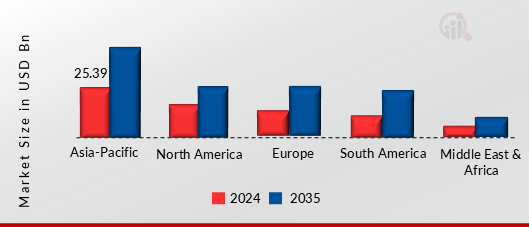Market Trends
Key Emerging Trends in the Digital Railway Market
The Digital Railway Market has witnessed a rapid shift in innovative approaches aimed at securing market share in a fast moving transportation landscape . One approach particularly involves combining modern technologies like Artificial Intelligence (AI) with Internet of Things (IoT). With IoT sensors coupled with AI algorithms railway companies are able to develop tools which will enhance their predictive maintenance capacities at the same time fine tuning schedules so as to better optimize operations altogether; this strategy allows for reliability and continuity, which are among the key aspects that matter to both passengers and shippers.
Data analytics is also a crucial tool in market share positioning of Digital Railway Market. By analyzing huge volumes of trains, tracks and infrastructure data generated by such information operators can make informed decisions. Predictive analyses may be used to optimize routes, prevent machinery failures, protect workers’ safety related data. As such, these companies depict themselves as farsighted customer-centric service providers who could bring about hassle free reliable transportation system.
Automation and robotics have a significant impact on market share position in the digital railway market. For instance, autonomous trains as well as robotic systems for maintenance result into increased safety levels and lowered operational costs with possibilities of extending capacity. These technologies demonstrate that firms take leadership role in innovation and efficiency attracting customers looking for modern transport solutions that run with fewer human interventions.
Increasing digitization has made them more prone to cyber attacks. Therefore, having strong cybersecurity measures enhances public trust regarding their security and protection of clients’ digital rail systems globally against any form of cyber-attacks. As part of a proactive approach to maintaining sensitive information privacy while advancing towards the digitalization of rail transportation can the company become more reliable partners in the changing business environment regarding cyber threats?
Digital Railway Market in the US is witnessing a transformative strategy coming forth with the concept of Digital Twin. Real-time monitoring, analysis and simulation are made possible through developing a digital replica of physical rail assets. The resultant proactive maintenance leads to reduced downtime and overall system performance improvement. Incorporation of Digital Twin technology by companies means they are tech-savvy and proactive in ensuring their railway infrastructure is long-lasting and efficient.








Leave a Comment